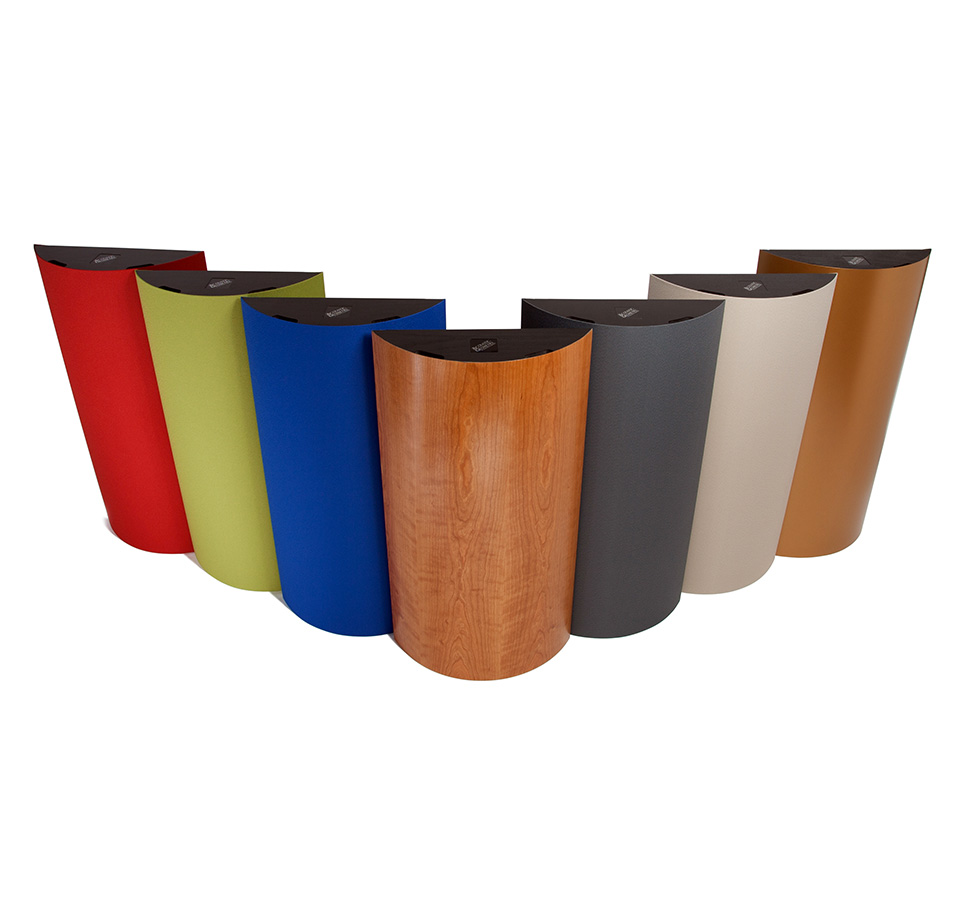- Joined
- Aug 14, 2018
- Messages
- 2,726
- Likes
- 7,983
It is a tricky balance between the size and "immersion" of a soundstage and the precision of imaging. But I'm always angling to get a combination of both - biggest soundstage/immersion I can get, with the most dense imaging I can get. I do this mostly with playing with speaker positioning/listening position/room acoustics.
I've more recently hit on a combo that seems to get it all. Absolutely massive soundstage, like the whole area of the room beyond the speakers can melt away but WITH very precise, dense sonic images. I've found a combo of wide speaker set up, curtains controlling sidewall upper frequencies, and careful placement of a diffusor behind my speakers does this. As I mentioned before, this set up startled a very experienced audiophile friend. Because someone asked me for pictures of the set up, I've taken pictures and plan to do a thread about my room in one of the other ASR subforums.
Nice! I've had similar positive impacts from wide placement and sidewall absorption. I haven't yet tried a diffusor behind the speakers though. (I have a 2" absorber there but no diffusion). Something to put on my to-do, or I guess I should say to-try, list!

